Menu

Around the 9-month mark, many parents feel a significant shift as their infant edges closer to toddlerhood. It’s a mix of excitement and stress as your baby’s abilities progress and their independence emerges.
During this phase, your little one becomes more mobile, tackles solid foods, enhances language skills, and refines fine motor abilities such as the pincer grasp. It’s a dynamic period marked by your baby’s development on multiple fronts.
It’s remarkable how rapidly babies grow and evolve. Around the 9-month, many infants experience a notable growth spurt, where their physical development seems to surge. It’s not uncommon for babies to significantly increase height during this period.
Keep an eye out for changes in clothing fit and be ready to adjust to their newfound growth. Growth spurts are a natural part of their development journey.
According to the World Health Organisation, at 9 months, the average weight for girls is around 18.1 pounds, and 19.6 pounds for boys. Girls tend to measure around 27.6 inches in length, while boys average around 28.3 inches.
It’s crucial to remember that these figures represent averages and considerable variation among healthy babies. The key is ensuring your baby is on a steady growth curve, as indicated on the doctor’s chart during check-ups.
If your pediatrician doesn’t observe any concerning signs, and your child is growing at a healthy rate—approximately half an inch per month and gaining three to five ounces weekly—rest assured that their development is on the right track.
Having a 9-month-old typically means you’ve got an increasingly mobile baby! While some babies start crawling around this time, it’s important to note that not all do, and that’s perfectly fine.
Regardless, your baby is likely finding their way around by rolling, crawling, pulling up, or scooting. You can expect them to be crawling, standing, and maybe even taking those first steps in just a few months.
Now is the time to focus on babyproofing your home. Here are some tips to create a safe environment for your little one on the move:
These steps will help you create a secure space as your baby explores and becomes more active.
Around nine months old, your baby requires approximately 750 to 900 calories daily, with around 400 to 500 calories, ideally from breast milk or formula. This translates to roughly 24 ounces (720 mL) of breast milk or formula per day. It’s important to note that besides providing calories, breast milk and formula deliver essential vitamins, minerals, and other crucial components crucial for brain growth.
By nine months old, babies often have a diet that combines breast milk or formula with solid foods. The quantity of breast milk or formula a baby requires varies based on their appetite and needs. A 9-month-old may consume approximately 24 to 32 ounces (710 to 950 mL) of breast milk or formula daily, distributed across multiple feedings.
Apart from breast milk or formula, a 9-month-old typically enjoys three solid meals daily, accompanied by 1-2 snacks. The amount of solid food can differ based on the baby’s appetite and specific requirements, but as a general guide, they might consume about 2 to 4 tablespoons (30 to 60 mL) of each food per meal.
Around nine months, you’ll observe that your baby has developed the “pincer grasp,” enabling them to pick up smaller pieces of food with two fingers. This signals their readiness for finger foods—small and self-fed bites. Here are some soft, safe, and easily graspable options to introduce:
A Helpful Tip: You can serve tofu, ground meat, or meatballs in veggie puree from a pouch or a simple marinara sauce for added moisture and flavor.
At nine-month-old your baby requires about 13.5 to 14.5 hours of sleep daily. Their sleep routine might include a brief morning nap lasting around 30 minutes and a more extended afternoon nap ranging from two to three hours.
With this pattern, your baby might be sleeping for a more extended stretch at night, allowing you to get more sleep. As babies develop, their sleep tends to consolidate, offering more predictability. Hopefully, you may find a more consistent and restful night’s sleep for you and your little one.
At around nine months old, it’s not uncommon for babies to experience sleep regression. This means your baby, who may have had a consistent sleeping pattern, starts encountering difficulties in falling or staying asleep. Various factors can trigger this phase.
If your little one consistently struggles with sleep for several days, it’s likely a sleep regression. This period can last from days to weeks, challenging for both the baby and parents.
When your baby faces sleep challenges, it also translates to disrupted sleep for you. It’s a temporary phase, but during this time, offering comfort and maintaining a consistent bedtime routine can help navigate through the regression.
When your baby hasn’t settled into a sleep pattern that aligns with your family’s routine, it might be a good time to consider sleep training around nine months. Sleep learning techniques can facilitate smoother bedtimes and longer stretches of sleep at night.
Babies, like adults, naturally wake up during the night. Sleep training aims to help them learn to self-soothe and go back to sleep independently.
If your baby wakes up but isn’t hungry, and you’ve ruled out the need for feeding during the night, it could be appropriate to consider allowing them to self-soothe. This might involve letting them cry briefly while gradually extending the time before offering comfort.
In many cases, within a week or so, babies around nine months can learn to soothe themselves back to sleep, and the crying episodes tend to diminish.
It’s a process that requires patience and consistency, but it can lead to more restful nights for both the baby and parents in the long run. Always consult your pediatrician before starting any sleep training method to ensure it aligns with your baby’s needs and development.
Around nine months, separation anxiety often emerges in babies, triggered by their growing understanding of object permanence. When infants comprehend that you’re truly gone when you’re not present, it can unsettle them.
While some babies start showing signs of object permanence and separation anxiety as early as 4 to 5 months, it typically intensifies around nine months.
Factors like hunger, tiredness, or not feeling well can exacerbate separation anxiety. It’s helpful to keep transitions brief on challenging days and stick to a routine. This familiarity provides comfort and reassurance, aiding in gradually developing your baby’s coping skills.
Every baby is an individual, so finding the right sleep routine might involve experimentation. Establishing healthy sleep habits requires a combination of consistency and patience. Here are some helpful sleep tips for your nine-month-old.

Your baby’s eyesight has been developing for months, allowing them to see both near and far, even tracking swiftly moving objects. With improved hand–eye coordination, your baby can now spot, focus on, reach for, and explore toys across the room.
While familiar faces remain a favourite, your baby might also enjoy looking at pictures in books, especially those with familiar images. Objects with moving parts can captivate their attention as they try to understand how they work. Taking your baby to new places and pointing out and naming interesting sights can be a delightful and educational experience for them.

At nine months, your baby’s sense of hearing is well-developed and tuned to your voice since birth. They are starting to recognize and understand common words like “ball,” “cup,” and “bottle.”
You can gauge their ability to comprehend by observing their responses. If you ask, “Where’s Daddy?” and your baby looks in that direction or requests them to find an object, and they crawl towards it, it’s a sign of their growing understanding. By now, your baby should respond to their name and show a reaction, even if it’s just a pause when you say “No!”
Reinforce language development by consistently labeling objects throughout the day. This practice helps your baby associate words with familiar items, laying the foundation for when they eventually start forming their own words.

As your baby becomes more mobile, mastering skills like scooting, crawling, or walking, they can explore and touch things independently. Ensure a safe environment by removing potential hazards, and then encourage your baby to explore the textures and surfaces in your home and yard.
Let them discover how a banana feels mushy on the highchair tray or experience the hardness and coldness of ice cubes. Introduce different textures like sandpaper for them to explore. Your gentle touch remains the most significant, so shower your baby with hugs and kisses whenever possible.

Your baby is forming food preferences around this age. Keep introducing a variety of tastes and smells, and be persistent even if they don’t immediately take to it. It often takes ten or more attempts before a baby develops a liking for new foods.
Additionally, engage your baby’s sense of smell as part of their exploration. Exposing them to different scents can enhance their understanding of the world. Outdoor excursions offer a range of smells, from the sweet fragrance of flowers to the distinct scent of freshly cut grass.

Your baby’s eyesight has been developing for months, allowing them to see both near and far, even tracking swiftly moving objects. With improved hand–eye coordination, your baby can now spot, focus on, reach for, and explore toys across the room.
While familiar faces remain a favourite, your baby might also enjoy looking at pictures in books, especially those with familiar images. Objects with moving parts can captivate their attention as they try to understand how they work. Taking your baby to new places, pointing out and naming interesting sights can be a delightful and educational experience for them.

At nine months, your baby’s sense of hearing is well-developed and tuned to your voice since birth. They are starting to recognize and understand common words like “ball,” “cup,” and “bottle.”
You can gauge their ability to comprehend by observing their responses. If you ask, “Where’s Daddy?” and your baby looks in that direction or requests them to find an object, and they crawl towards it, it’s a sign of their growing understanding. By now, your baby should respond to their name and show a reaction, even if it’s just a pause when you say “No!”
Reinforce language development by consistently labeling objects throughout the day. This practice helps your baby associate words with familiar items, laying the foundation for when they eventually start forming their own words.

As your baby becomes more mobile, mastering skills like scooting, crawling, or walking, they can explore and touch things independently. Ensure a safe environment by removing potential hazards, and then encourage your baby to explore the textures and surfaces in your home and yard.
Let them discover how a banana feels mushy on the highchair tray or experience the hardness and coldness of ice cubes. Introduce different textures like sandpaper for them to explore. Your gentle touch remains the most significant, so shower your baby with hugs and kisses whenever possible.

Your baby is forming food preferences around this age. Keep introducing a variety of tastes and smells, and be persistent even if they don’t immediately take to it. It often takes ten or more attempts before a baby develops a liking for new foods.
Additionally, engage your baby’s sense of smell as part of their exploration. Exposing them to different scents can enhance their understanding of the world. Outdoor excursions offer a range of smells, from the sweet fragrance of flowers to the distinct scent of freshly cut grass.
Babies communicate their discomfort in various ways, often through increased fussiness or irritability, expressed through crying, restlessness, or general fussiness without an apparent cause.
Discomfort can also impact your baby’s sleep patterns, leading to difficulty settling down for naps, disruptions in nighttime sleep, or an increase in the frequency of nighttime awakenings.
Changes in appetite may indicate underlying discomfort, with your baby showing a lack of interest in eating or refusing usual feeds.
Being watchful of your baby’s cues, whether expressed through fussiness, sleep patterns, or appetite changes, is key to addressing their comfort and well-being. By recognizing and responding to these signals, you can foster a supportive and nurturing environment for your little one’s development.
As your little one becomes more mobile, they may begin to explore standing and walking with support. Some babies cruise around furniture or enjoy walking while holding onto your hands. Remember, every child develops at their own pace, so if your baby hasn’t reached these milestones yet, there’s no need to worry. Each little one follows their unique timeline of growth and development.
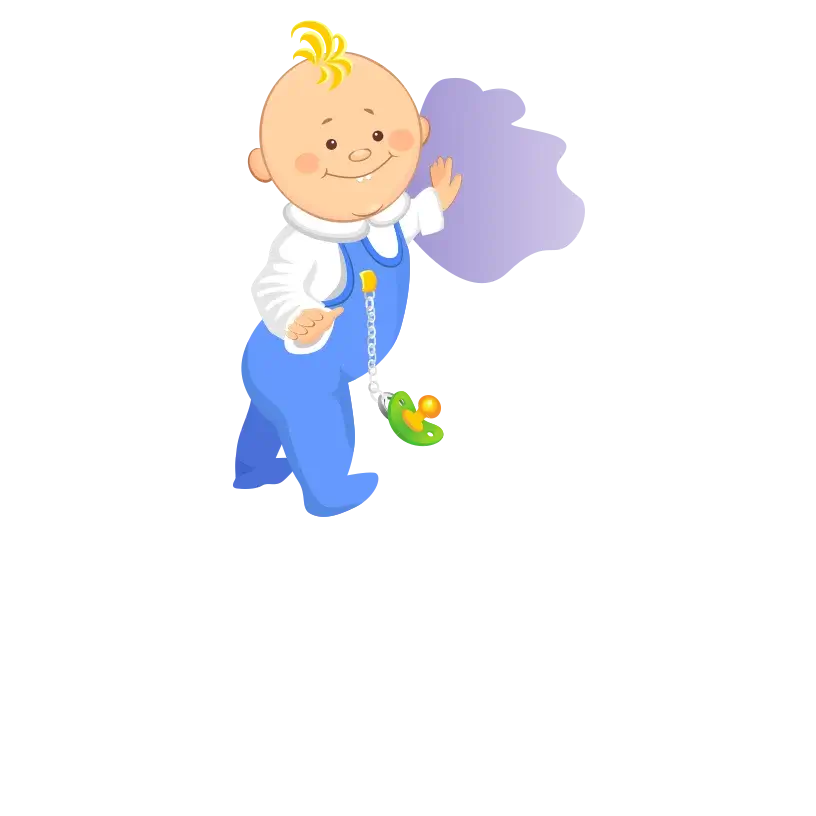
Your baby may pull themselves up to a standing position and attempt to take steps while holding onto furniture or your hands. This is an early stage of developing balance and coordination.

Some babies start saying their first recognizable words around nine months. These could be simple words like “mama” or “dada,” marking an exciting step in their language development.
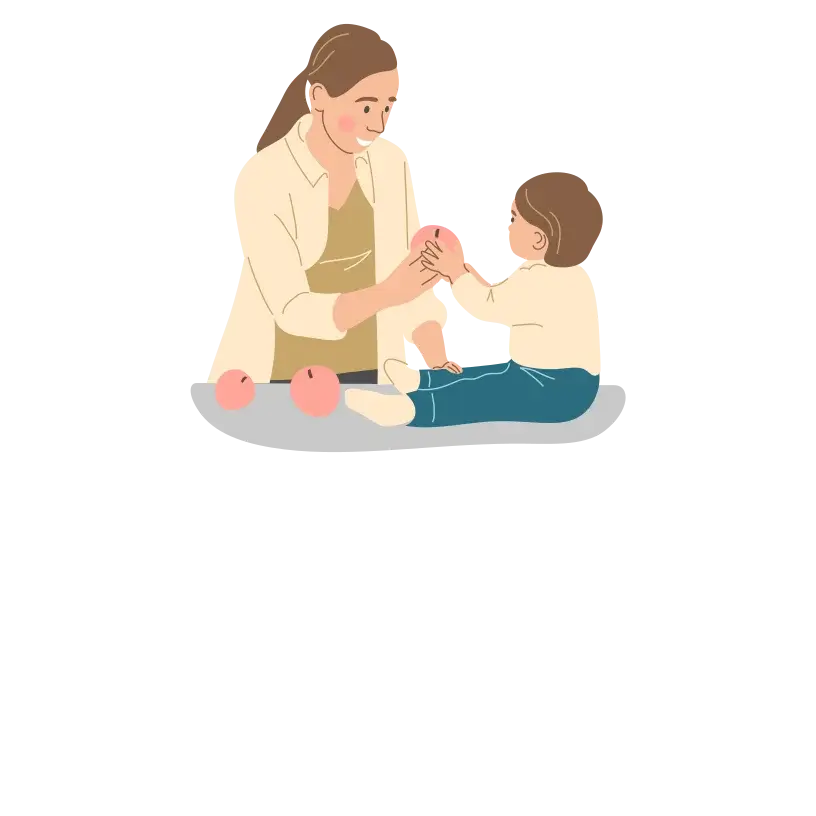
Your baby may attempt to say the names of those around them, indicating a growing awareness of familiar faces and relationships.
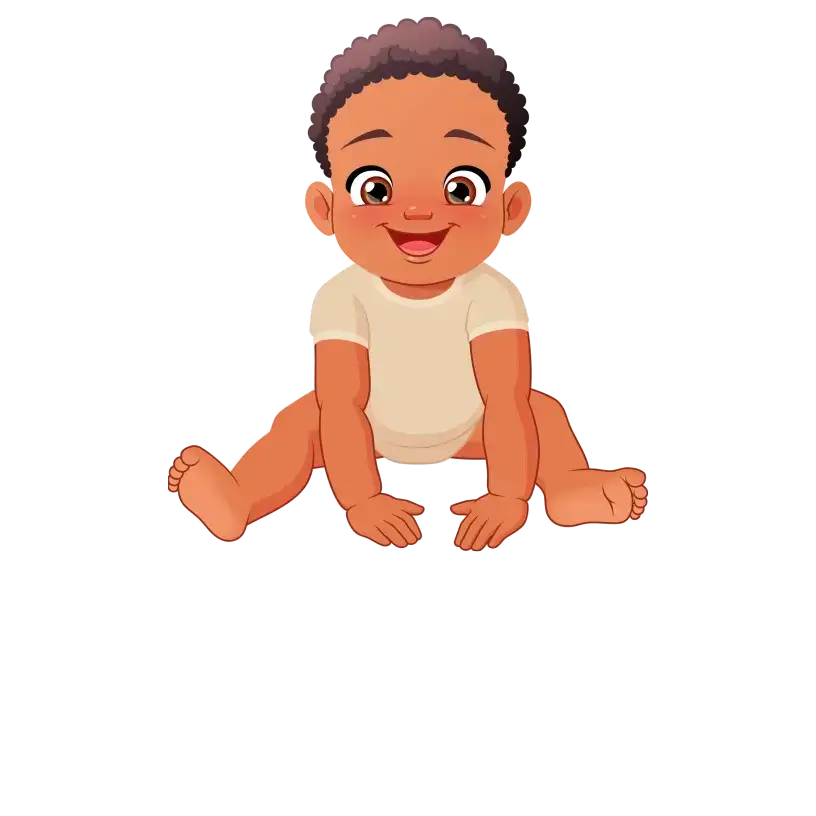
Alongside caregivers’ names, they might begin experimenting with other simple words, expanding their vocabulary gradually.

Transitioning from a bottle, your baby may be learning to drink from a sippy cup. This is not only a practical skill but also a step towards increased independence in feeding.
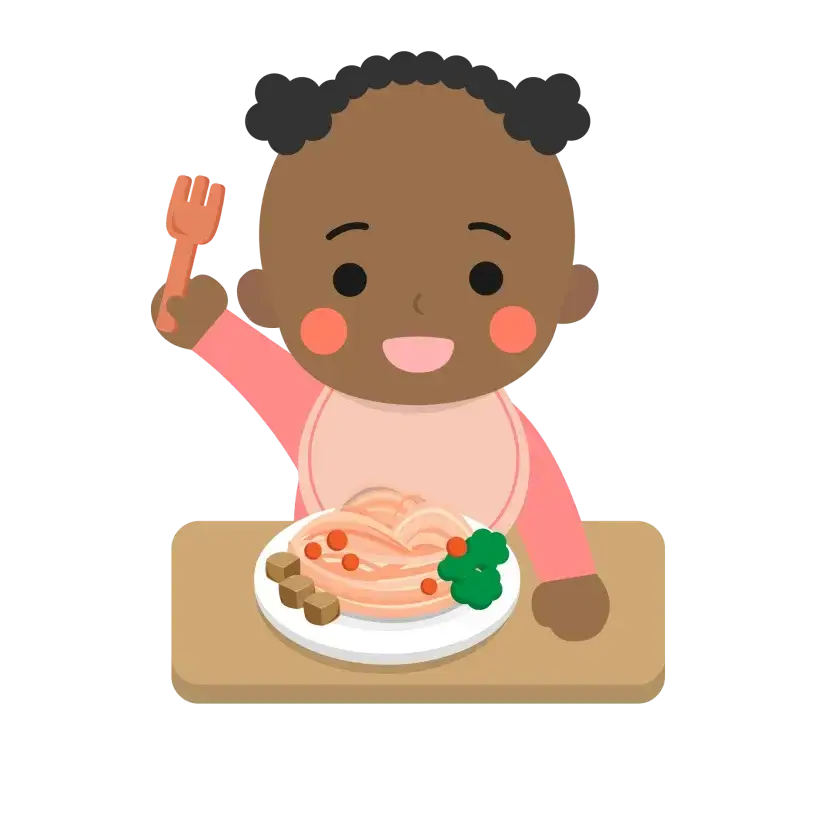
As you introduce solid foods, your baby may start showing an interest in using a spoon. While the process might be messy, it’s a crucial developmental milestone related to self-feeding.

Your nine-month-old is likely exploring more advanced play activities, such as stacking toys. This demonstrates improved hand-eye coordination, fine motor skills, and an understanding of spatial relationships.
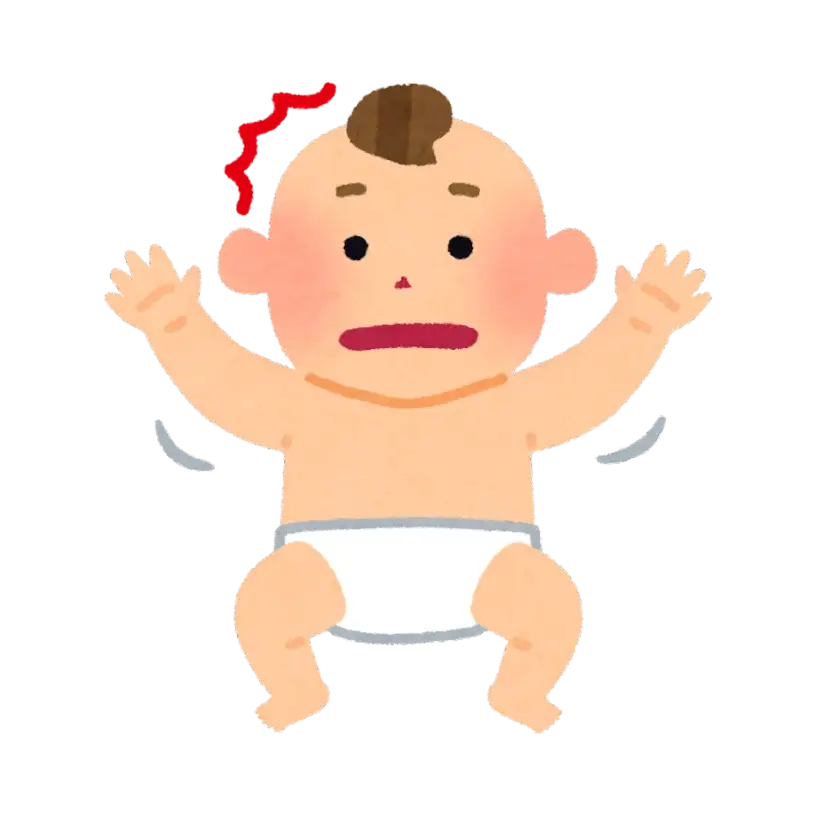
The parachute reflex develops as a natural response, causing the hands to move forward when the head is facing downward. This serves as the body’s built-in safeguard, preventing potential head injuries during a fall.

Experiencing nervousness around strangers is common for babies, often leading to crying. Known as separation anxiety, even with a friendly and playful stranger, the baby tends to crawl towards a parent, seeking comfort and familiarity.
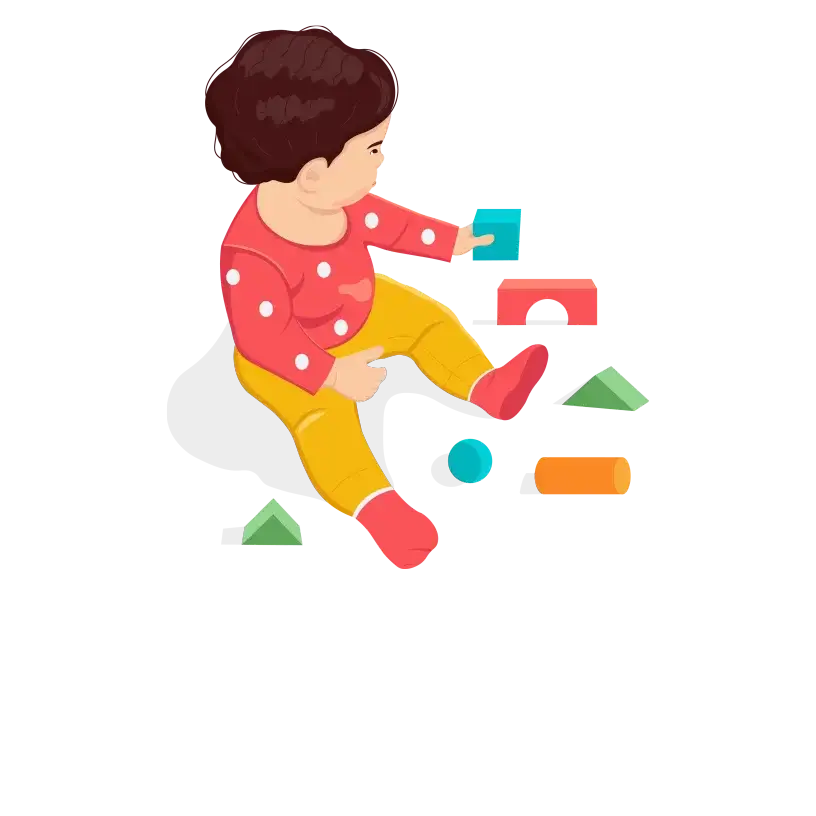
The ability of a baby’s eyes to follow moving objects improves as the ocular muscles controlling eye movement strengthen.
They can now easily track a moving toy car or a falling piece of cloth without losing sight. Additionally, thanks to enhanced depth perception, babies can better judge distances between objects, sometimes even pointing at things you unintentionally drop.

Your baby may pull themselves up to a standing position and attempt to take steps while holding onto furniture or your hands. This is an early stage of developing balance and coordination.

Some babies start saying their first recognizable words around nine months. These could be simple words like “mama” or “dada,” marking an exciting step in their language development.

Your baby may attempt to say the names of those around them, indicating a growing awareness of familiar faces and relationships.

Alongside caregivers’ names, they might begin experimenting with other simple words, expanding their vocabulary gradually.

Transitioning from a bottle, your baby may be learning to drink from a sippy cup. This is not only a practical skill but also a step towards increased independence in feeding.

As you introduce solid foods, your baby may start showing an interest in using a spoon. While the process might be messy, it’s a crucial developmental milestone related to self-feeding.

Your nine-month-old is likely exploring more advanced play activities, such as stacking toys. This demonstrates improved hand-eye coordination, fine motor skills, and an understanding of spatial relationships.

The parachute reflex develops as a natural response, causing the hands to move forward when the head is facing downward. This serves as the body’s built-in safeguard, preventing potential head injuries during a fall.

Experiencing nervousness around strangers is common for babies, often leading to crying. Known as separation anxiety, even with a friendly and playful stranger, the baby tends to crawl towards a parent, seeking comfort and familiarity.
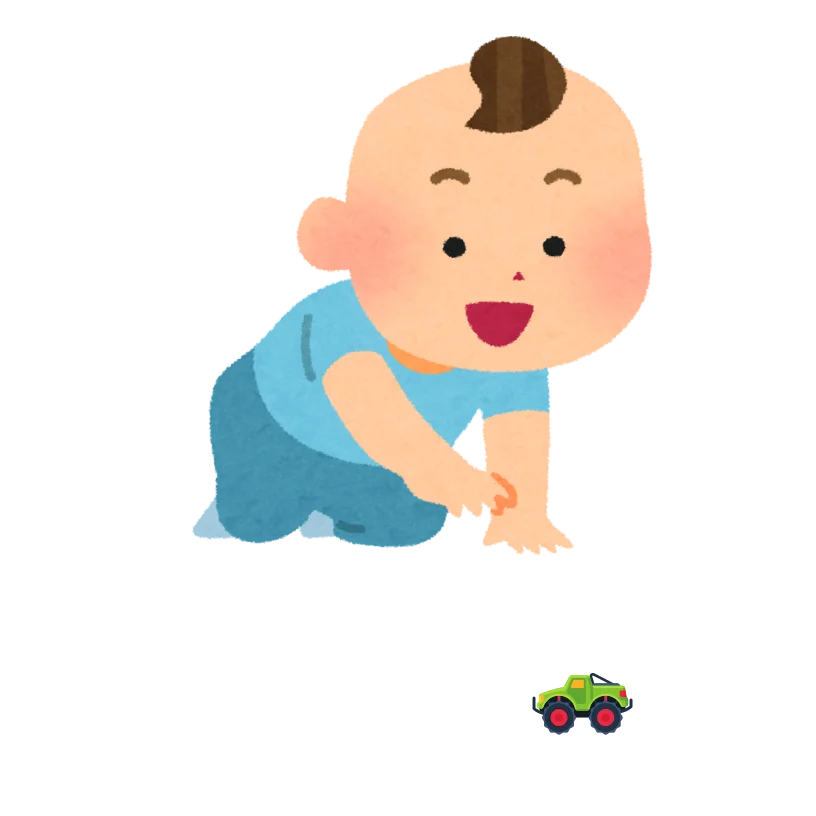
The ability of a baby’s eyes to follow moving objects improves as the ocular muscles controlling eye movement strengthen. They can now easily track a moving toy car or a falling piece of cloth without losing sight. Additionally, thanks to enhanced depth perception, babies can better judge distances between objects, sometimes even pointing at things you unintentionally drop.
According to CDC guidelines, the following are activities to encourage your nine-month-old development:
At this age, numerous babies begin exploring their surroundings by crawling, pulling up to stand, and sitting on their own. Many have also mastered the pincer grasp, adeptly moving objects between their fingers, and they often imitate gestures, including the charming wave bye-bye.
The American Academy of Pediatrics (AAP) suggests communicating positively with your baby by stating what they should do, such as saying “Time to eat,” rather than focusing on what they shouldn’t do. Distraction is also effective at this age—offer a favorite toy or redirect their attention to a different play area. In situations where safety is a concern, firmly saying “No” is appropriate to prevent potential harm.
Typically, a 9-month-old baby requires approximately 13-15 hours of daily sleep, encompassing nighttime sleep and naps. The exact duration may vary based on individual needs, but most babies in this age range generally have 2-3 naps each day, lasting around 1-2 hours each.
No! Babies develop at their own pace, and some may reach milestones later. A delay in achieving a specific milestone doesn’t necessarily indicate a permanent issue. Many babies catch up over time with a supportive environment and may reach developmental milestones at their own unique pace.
Yes! Babies find comfort in routine because the world around them can be overwhelming. Establishing predictability helps them feel more at ease and responsive to your cues.
If your 9-month-old isn’t sleeping through the night, it’s not necessarily worrisome; some babies take more time. However, frequent wake-ups with persistent crying or difficulty returning to sleep could signal either discomfort or a need for them to learn self-soothing techniques.
At this age, numerous babies begin exploring their surroundings by crawling, pulling up to stand, and sitting on their own. Many have also mastered the pincer grasp, adeptly moving objects between their fingers, and they often imitate gestures, including the charming wave bye-bye.
The American Academy of Pediatrics (AAP) suggests communicating positively with your baby by stating what they should do, such as saying “Time to eat,” rather than focusing on what they shouldn’t do. Distraction is also effective at this age—offer a favorite toy or redirect their attention to a different play area. In situations where safety is a concern, firmly saying “No” is appropriate to prevent potential harm.
Typically, a 9-month-old baby requires approximately 13-15 hours of daily sleep, encompassing nighttime sleep and naps. The exact duration may vary based on individual needs, but most babies in this age range generally have 2-3 naps each day, lasting around 1-2 hours each.
No! Babies develop at their own pace, and some may reach milestones later. A delay in achieving a specific milestone doesn’t necessarily indicate a permanent issue. Many babies catch up over time with a supportive environment and may reach developmental milestones at their own unique pace.
Yes! Babies find comfort in routine because the world around them can be overwhelming. Establishing predictability helps them feel more at ease and responsive to your cues.
If your 9-month-old isn’t sleeping through the night, it’s not necessarily worrisome; some babies take more time. However, frequent wake-ups with persistent crying or difficulty returning to sleep could signal either discomfort or a need for them to learn self-soothing techniques.
1. American Academy of Pediatrics
2. American Academy of Pediatrics: Emotional and Social Development: 8 to 12 Months
3. American Academy of Pediatrics: How to Ease Your Child’s Separation Anxiety
4. Center for Disease Control and Prevention: 9 month
5. Kids Health: Your Baby’s Hearing, Vision, and Other Senses: 9 Months
6. Mount Sinai Parenting Center: Learning to sleep (9 months)
7.World Health Organization: Length-for-age BOYS
8. World Health Organization: Length-for-age GIRLS
9. World Health Organization: Weight-for-age BOYS
10. World Health Organization: Weight-for-age GIRLS
© Mindsmaking 2024